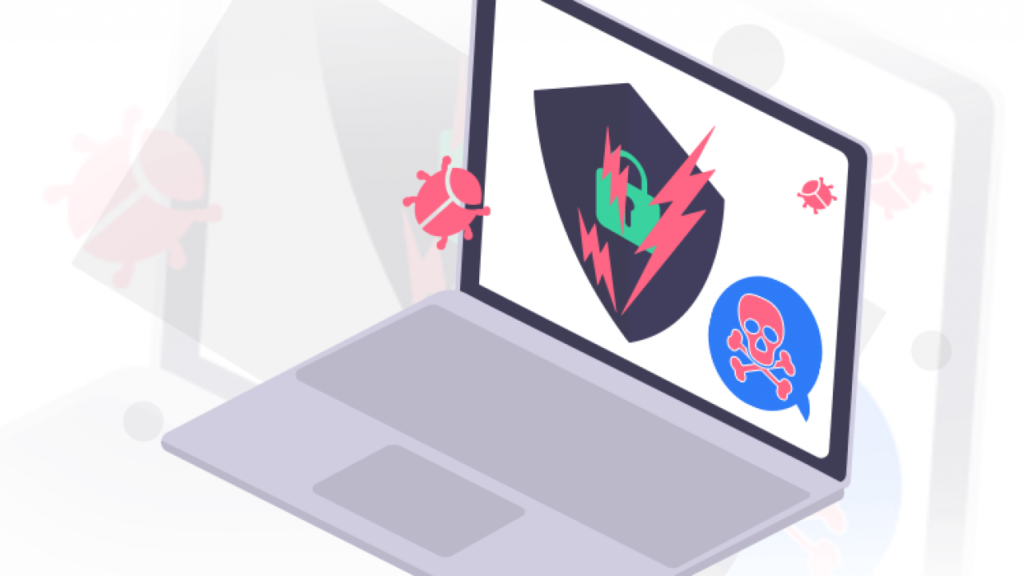A Memory-Resident Virus is a virus that is located in the memory of a computer, even after the ‘host’ application or program has stopped running (been terminated). Non-Memory-Resident Viruses are only activated once the application or program is started. Memory-resident viruses load its replication module into memory so it does not need to be executed for it to infect other files, activating whenever the operating system loads or operates specific functions. This virus may be one of the worst kinds as it can affect the system thoroughly even attaching itself to anti-virus applications which allows it to infect any file scanned by the program.
A memory-resident virus has two types:
- Fast infectors
- Does massive damage quickly, but are very easy to notice because of the effects
- Slow infectors
- Spreads more widely, because they can go undetected for much longer
Source: Webopedia, Techopedia
Related Terms: Random Access Memory (RAM), RAM Disk

